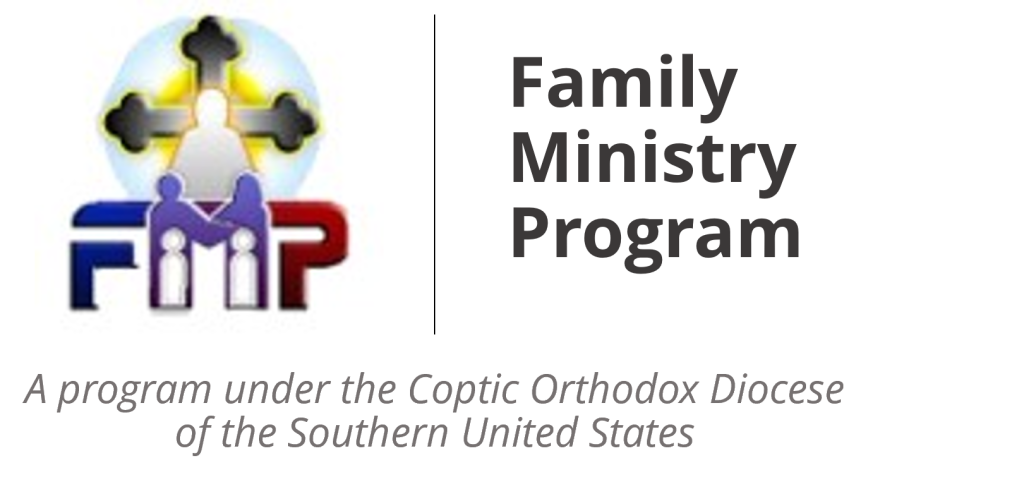Instructor: Maggie Bishay, PsyD
National Domestic Violence hotline 1-800-799-SAFE (7233)
Course Description:
- Gain a better understanding of the patterns of behavior of survivor and abusers
- Learn to communicate with a survivor
- Grow in verbiage
- Understand the types of abuse
- Recognize the warning signs
- Provide resources and strategies to seek and receiving help
- Educate to break the cycle
Course outline
Introduction:
Share with each other experiences with domestic violence.
- Nature (cycle of abuse)
- Tools used
- Threats
- Isolation
- Manipulation
- Reality shift
- Familiarity
- Why do they stay?
- Why do they keep going back?
- Why do they often defend the abuser?
- The effects of the children
- Re-victimization
- Treatment:
- Cycle of respect
- Safety plan
- Know when to ask for help
- Provide the victims with resources in the area
- Look into the abuser’s mind
- Understand and identify the mind of a Narcissists
Each student is asked to watch several movies that portray DV.
“Sleeping with the enemy” 1991
“Enough”2001
“Cries Unheard” 1994
“Men don’t tell” 1993
Assessments:
A) students are asked to write a 1-page paper on:
Personal perceptive regarding thoughts, feelings, emotions experienced when watching the assigned movies.
B) read the books assigned and write a 3-page book report explaining what you learned from the book
Required reading:
“No Visible Bruises” by Rachel L. Snyder
“The Covert Passive-Aggressive Narcissist” by Debbie Mizra
| Grading Scale: | Test Schedule | Percentage of course grade |
| A 90-100
B 80-89 Below 80 will get certificate of attendance F Below 60 |
